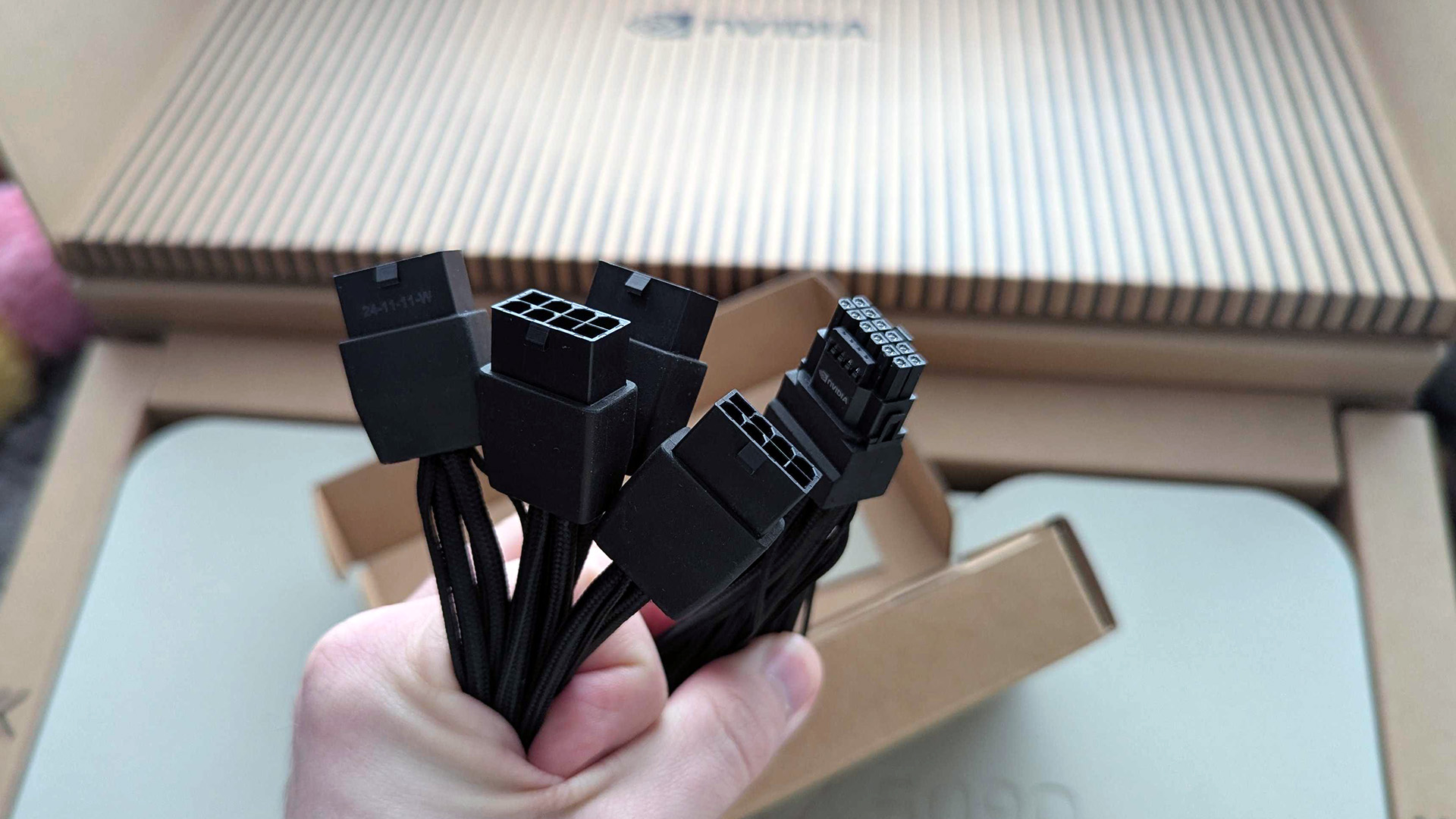Surface Laptop 7 vs. ASUS Vivobook S 15 (S5507): Which Copilot+ PC is better for you?
Two AI PCs with larger displays go head to head.

The 15-inch Surface Laptop 7 now has a haptic touchpad and softer design language, but it lacks an OLED display option and will ultimately cost more. It remains the right choice for those who need more configuration options or crave Surface quality.
For
- Tall 3:2 display aspect ratio
- Sensel haptic touchpad is excellent
- Premium Surface design
- More configuration options available
Against
- No OLED panel for the display
- No camera privacy shutter
- Fewer ports
- Not as good of a value
- Not as portable
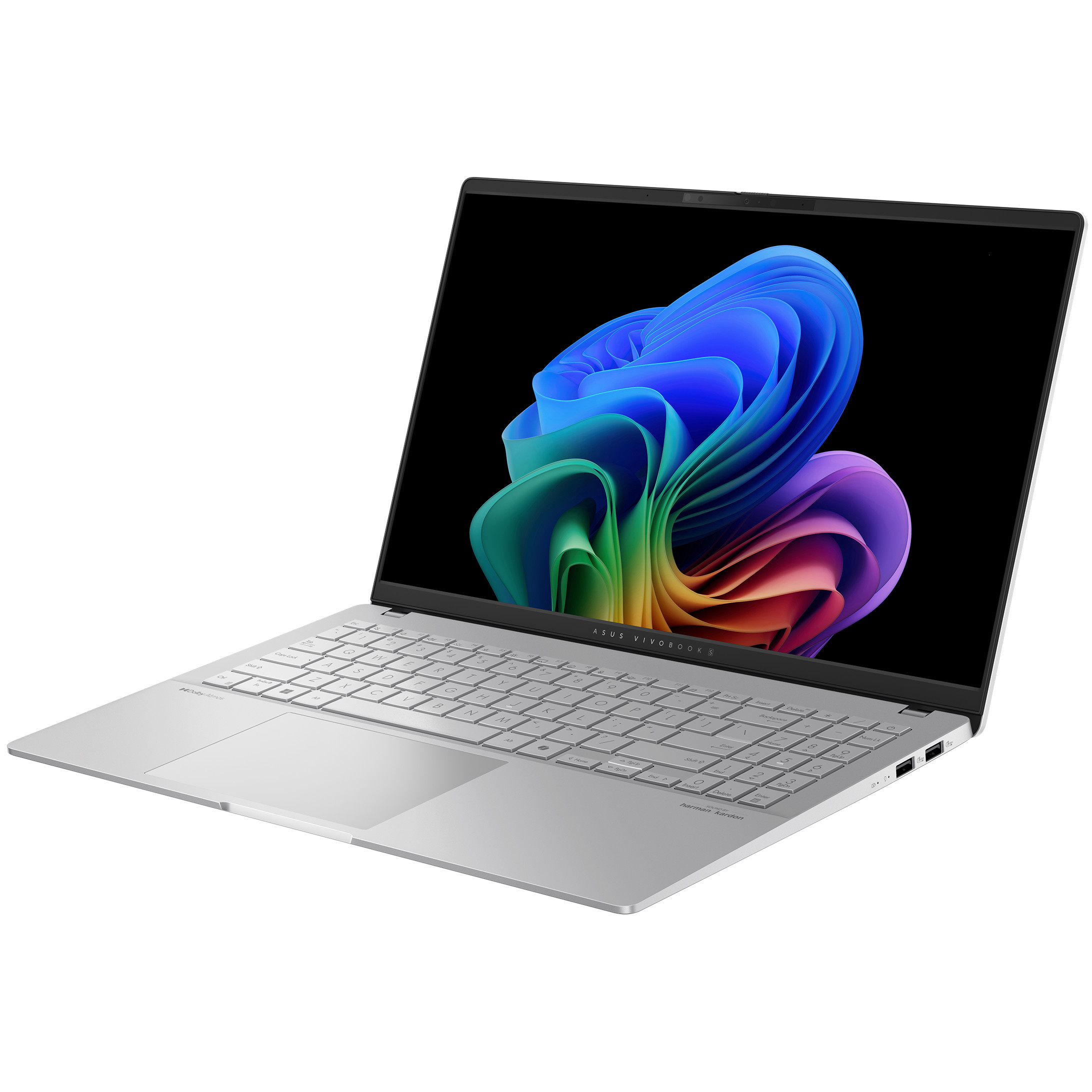
With an OLED display, number pad, more ports, and better value pricing, the ASUS Vivobook S 15 should prove to be a strong alternative for anyone who doesn't want Surface design and an overall better value.
For
- Includes a number pad, 1.5mm key travel
- Generous selection of ports
- 3K OLED display at 120Hz
- A better overall value
Against
- 16:9 display aspect ratio
- No haptic touchpad
The Surface Laptop 7 and the ASUS Vivobook S 15 (S5507) are two of the first Copilot+ PCs to be unveiled to the world, bringing advanced AI features available through Windows 11.
They're powered by Qualcomm's Snapdragon X Systems-on-Chip (SoC) with a powerful Neural Processing Unit (NPU), and they're both sleek laptops with a 15-inch form factor.
There are some big differences in all categories, including design, display, performance, and pricing, so let's jump into a comparison between the 15-inch Surface Laptop 7 and the Vivobook S 15 (S5507) to help you make the right decision.
Recent updates
June 18, 2024: I've updated this comparison with new information about the Vivobook S 15 (S5507) following Senior Editor Zac Bowden's review. — Cale Hunt
Surface Laptop 7 vs. ASUS Vivobook S 15: Specs
Before a more detailed breakdown of similarities and differences between these laptops, it's worth laying out the raw specifications.
| Header Cell - Column 0 | Surface Laptop 7 15" | ASUS Vivobook S 15 (S5507) |
|---|---|---|
CPU | Snapdragon X Elite (X1E-80-100) | Snapdragon X Elite (X1E-78-100), Snapdragon X Plus (X1P-64-100) |
RAM | 16GB, 32GB, 64GB LPDDR5x (soldered) | 16GB, 32GB LPDDR5x (soldered) |
GPU | Qualcomm Adreno | Qualcomm Adreno |
NPU | Qualcomm Hexagon (45 TOPS) | Qualcomm Hexagon (45 TOPS) |
Storage | 256GB, 512GB, 1TB M.2 PCIe 4.0 NVMe SSD | 512GB, 1TB M.2 PCIe 4.0 NVMe SSD |
Camera | 1080p + IR | 1080p + IR, privacy shutter |
Audio | Omnisonic speakers, Dolby Atmos | harman/kardon speakers |
Display | 15 inches, 2496x1664 (201 PPI), 3:2 aspect ratio, 120Hz dynamic refresh rate, touch, Dolby Vision IQ, HDR | 15.6 inches, 2880x1620, 16:9 aspect ratio, OLED, 120Hz, VESA DisplayHDR True Black 600, glossy, 600 nits peak (HDR), 100% DCI-P3 |
Ports | Two USB4, USB-A 3.1, microSD card reader, 3.5mm audio, Surface Connect | Two USB4, two USB-A 3.2 (Gen 1), HDMI 2.1, 3.5mm audio, microSD card reader |
Wireless | Wi-Fi 7, Bluetooth 5.4 | Wi-Fi 7, Bluetooth 5.4 |
Battery | 66Wh | 70Wh |
Dimensions | 12.96 x 9.41 x 0.72 inches (329mm x 239mm x 18.29mm) | 13.88 x 8.93 x 0.58-0.63 inches (352.6mm x 226.9mm x 14.7-15.9mm) |
Weight | 3.67 pounds (1.66kg) | 3.13 pounds (1.42kg) |
Color | Platinum, Black | Cool Silver |
Price | From $1,500 | From $1,300 |
Surface Laptop 7 vs. ASUS Vivobook S 15: Price and availability
The Surface Laptop 7 and the ASUS Vivobook S 15 are now available to buy.
The best place to shop the Surface Laptop 7 is at Best Buy or Microsoft. Prices for the 15-inch Surface Laptop 7 start at $1,300 for 16GB of RAM and a 256GB SSD. Microsoft is the only place to find a 64GB RAM Surface Laptop 7 model, which might make sense for those who don't want to risk a lack of memory. These models cost about $2,500.
The ASUS Vivobook S15 (S5507) is available to buy directly from ASUS or from third-party retailer B&H. Prices start at $1,300 for a model with a Snapdragon X Elite, 16GB of RAM, and a 1TB SSD, making it the better deal.
Surface Laptop 7 vs. ASUS Vivobook S 15: Design and features
Those familiar with the Surface Laptop lineup will be immediately familiar with the latest version. The Laptop 7 retains the Surface DNA throughout, but it now has a slightly more compact footprint than its predecessors. The edges are now rounded for a more comfortable hold, and you can get the 15-inch model in Platinum and Black colors. The new Dune and Sapphire colors are, unfortunately, only available in the smaller 13.8-inch Surface Laptop 7.
The Vivobook S 15's dimensions are skewed to be wider but less deep than the Laptop 7 due to the 16:9 display aspect ratio (more on that in the next section). ASUS' laptop weighs about a half-pound less than the Surface Laptop 7 — 3.13 pounds compared to 3.67 pounds — and is notably thinner. It measures between 0.58 and 0.63 inches thin, while the Laptop 7 measures 0.72 inches. If you're aiming for a thin and light device, the Vivobook S 15 is recommended.
Both laptops have an all-metal design, and ASUS lists MIL-STD 810H durability certification. It comes in a Cool Silver color but does not have a darker shade option like the Laptop 7.
Quality laptops with number pads are a lot more popular than you might think, and the Vivobook S 15 makes use of its wide chassis to include the extra keys. Combined with a single-zone customizable RGB backlight and 1.5mm key travel, you shouldn't have any issues with productivity.
The same can be said for the Laptop 7, though even the 15-inch model compared here doesn't have a number pad. Microsoft's keyboards are some of the best around, and that isn't changing for the new AI PC. A new Sensel haptic touchpad in the Surface Laptop 7 should provide quality customizable pointing without any moving parts. The ASUS touchpad is also large and customizable, though it doesn't use haptics.
Looking at ports, the Vivobook S 15 pulls ahead of the Surface Laptop 7. If you'd rather not connect a great Thunderbolt dock or carry a hub while you travel, the ASUS laptop will be a better choice. The Laptop 7 includes dual USB4, one USB-A 3.1, 3.5mm audio, a microSD card reader, and a proprietary Surface Connect port. The Vivobook S 15 has two USB4, two USB-A 3.2 (Gen 1), HDMI 2.1, 3.5mm audio, and a microSD card reader. Wireless connectivity is handled by Wi-Fi 7 and Bluetooth 5.4 in both devices.
Audio from the Vivobook S 15 (S5507)'s dual speakers is average, and we haven't yet tested first-hand the sound quality in the Laptop 7. It also has a dual-speaker setup, and both laptops feature Dolby Atmos tuning. Both devices also have a 1080p webcam with an IR sensor for Windows Hello, but only the ASUS laptop has a privacy shutter.
Surface Laptop 7 vs. ASUS Vivobook S 15: Display
At a time when most laptops have moved on to a taller 16:10 aspect ratio, the 16:9 screen in the Vivobook S 15 is a tad puzzling. It's likely a decision caused by supply and demand, and beyond the aspect ratio is an impressive screen. It measures 15.6 inches with a 2880x1620 resolution, offering a higher pixel density than the Surface Laptop 7.
The Vivobook's OLED panel delivers deep color and contrast, hitting 100% DCI-P3 reproduction. Its 120Hz refresh rate is super smooth and easy on the eyes, and it even has VESA DisplayHDR True Black 600 certification with up to 600 nits brightness when HDR is enabled. It's a display that can excel at gaming, but it'll also be great for specialized work where accurate color is key.
Microsoft added an OLED display option to its Surface Pro 11, but the Surface Laptop 7 didn't receive the same treatment. You're looking at the same display as in the recent 15-inch Surface Laptop predecessors, hitting a 2496x1664 resolution with 120Hz dynamic refresh rate, touch functionality, Dolby Vision IQ support, and HDR compatibility.
The 3:2 aspect ratio is a lot taller than the Vivobook S 15, and you might prefer the extra vertical screen space. However, ASUS' OLED display is no doubt going to attract a lot of users, especially when the device starts at a lower price.
Surface Laptop 7 vs. ASUS Vivobook S 15: Performance and battery
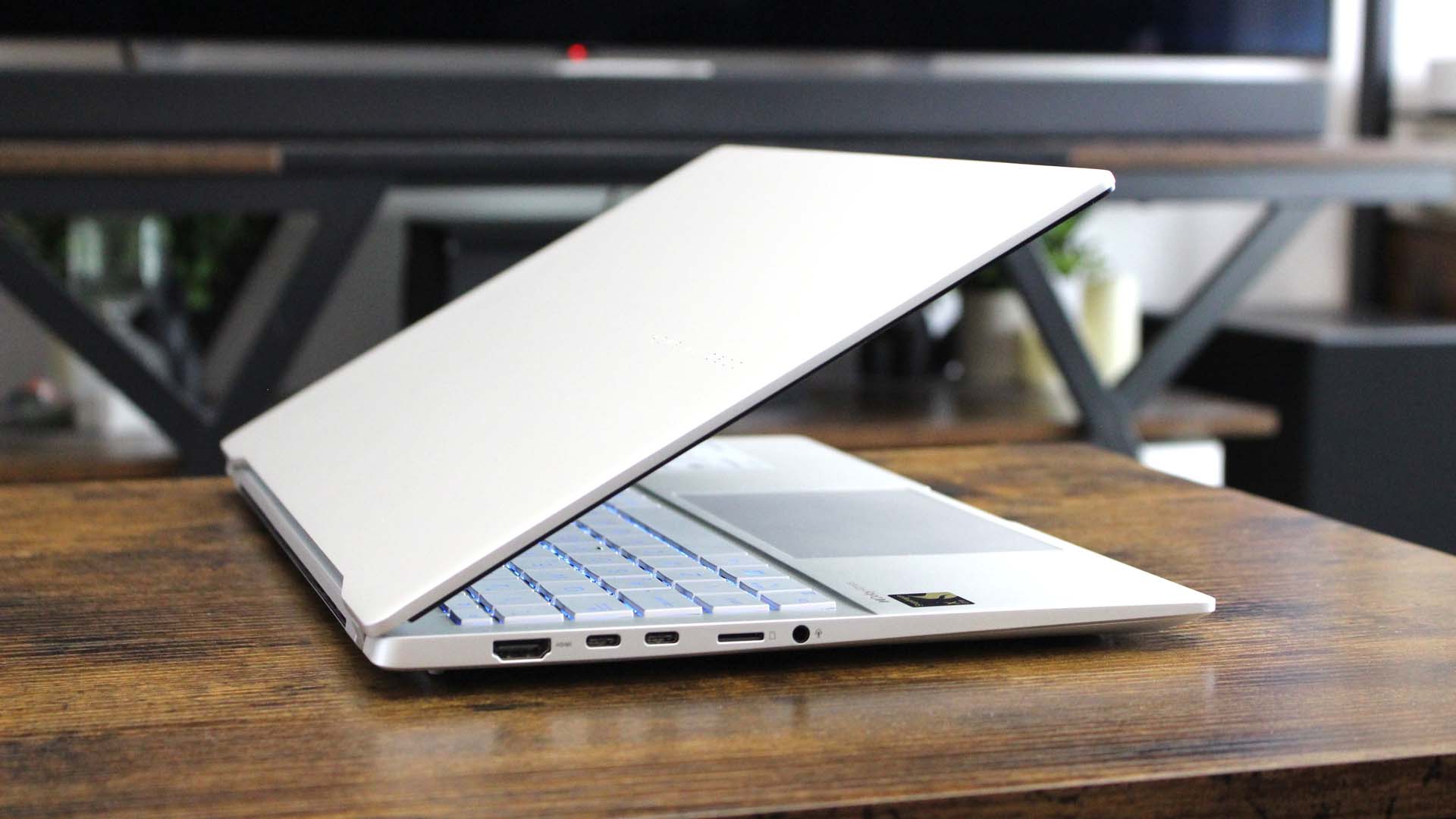
The first Vivobook S 15 (S5507) model headed our way has a Qualcomm Snapdragon X Elite (X1E-78-100) chip, but ASUS also lists a Snapdragon X Plus (X1P-64-100) coming in a later configuration. The big news here is that the X Elite's Oryon processor (CPU) runs at a 45W TDP in the Vivobook S 15, which is as high as possible for maximum performance.
The X Elite chip in the 15-inch Surface Laptop 7 is one tier higher (X1E-80-100), which adds a dual-core boost up to 4.0GHz. It's unclear at what TDP Microsoft will run the CPU, but we'll know more when we get our hands on the device for testing and review.
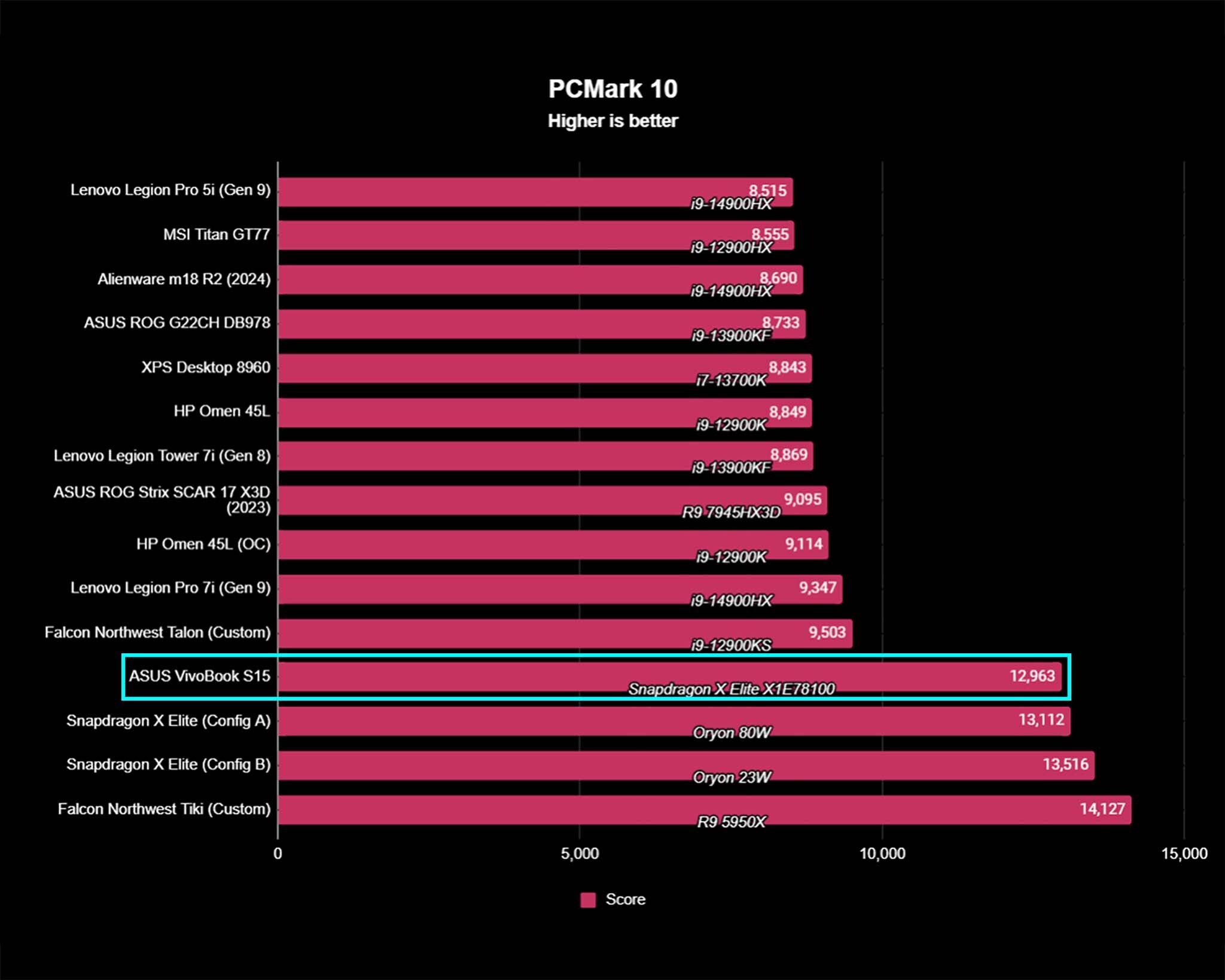
Now that we've tested first-hand the ASUS Copilot+ PC, we have a clear idea of just how good the X Elite (X1E-78) really is. In Windows Central Senior Editor Zac Bowden's Vivobook S 15 (S5507) review, he had this to say:
"So, does the Snapdragon X Elite live up to the hype? In short, it absolutely does. This chip is a beast, outputting incredible performance that you can feel in almost every task. Whether browsing the web with lots of tabs, multitasking through lots of open apps, rendering video and audio, hosting a podcast, or even some gaming, The Snapdragon X Elite can do it all."
Bowden also noted that the X Elite chip trades blows with Apple's M3 in a bunch of tests, and it pulls ahead of numerous modern Intel and AMD chips.
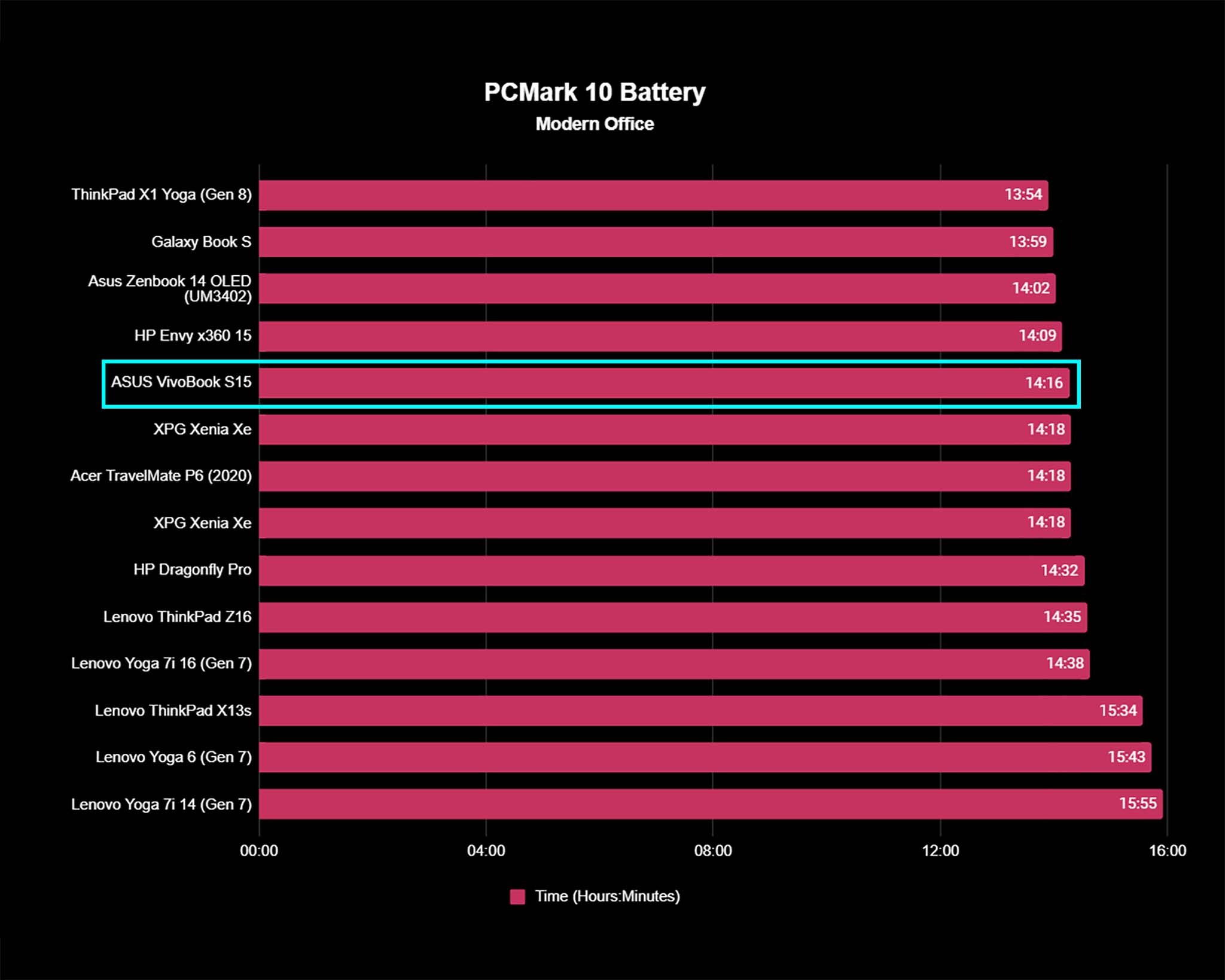
ASUS has a sizable 70Wh battery in the Vivobook S 15, but Microsoft isn't far behind at 66Wh. Even with an OLED display and a SoC running at the full 45W, the Vivobook S 15 was able to get through a full workday and still have battery left over for part of the next day. It hit more than 14 hours in PCMark 10's Applications rundown test.
Microsoft claims up to 22 hours of video playback in the Surface Laptop 7, which might not be too far off due to a lack of OLED display.
As for supporting hardware, the Laptop 7 is available with up to 64GB of RAM when you shop at Microsoft. It otherwise tops out at 32GB of LPDDR5x memory. The Vivobook S 15 too tops out at 32GB of LPDDR5x RAM, and both devices come with up to a 1TB M.2 PCIe 4.0 NVMe solid-state drive (SSD).
Surface Laptop 7 vs. ASUS Vivobook S 15: Copilot+ and AI
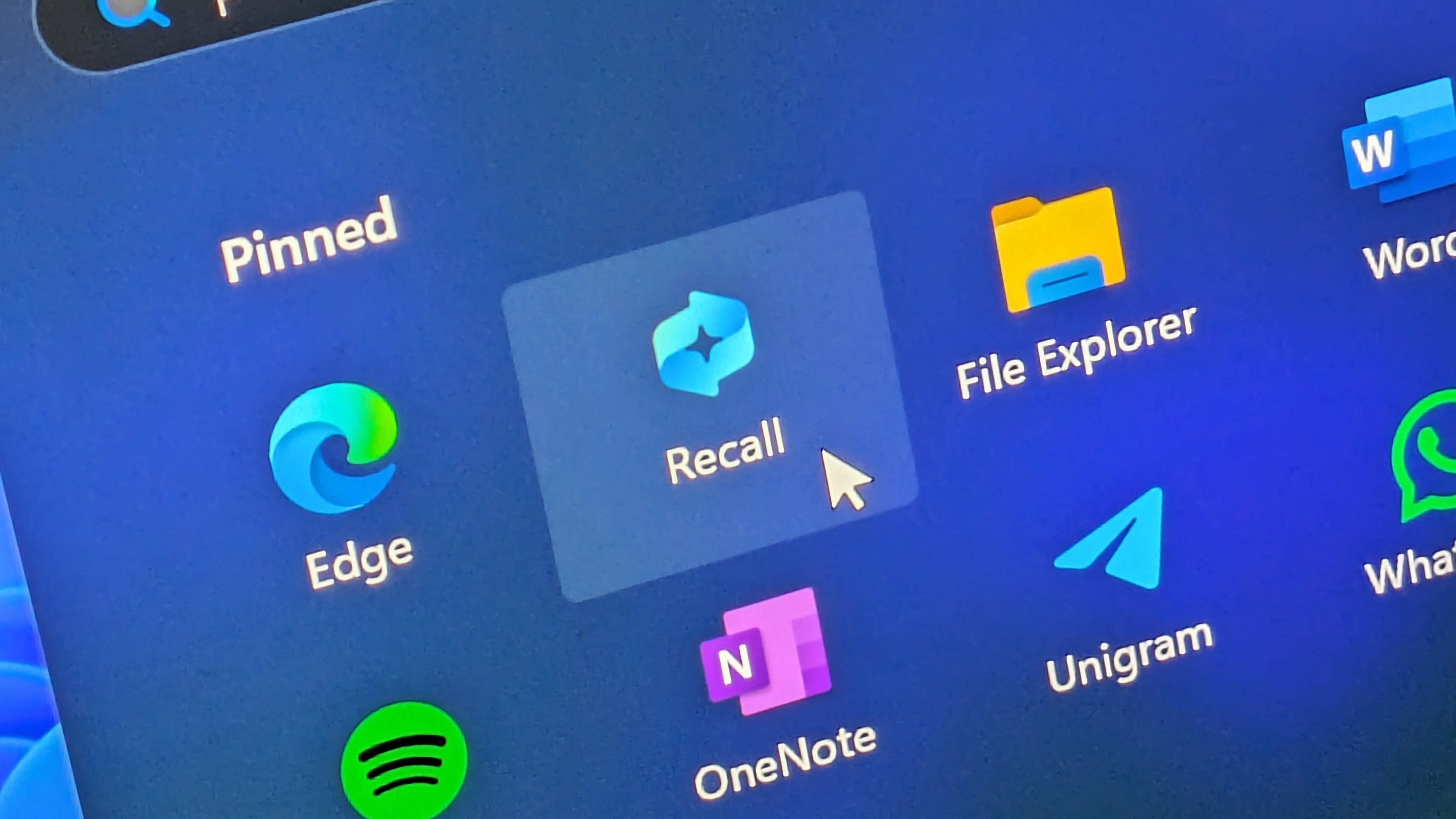
Qualcomm's new Snapdragon X ARM64 chips and Microsoft's foray into advanced AI features in Windows are driving what Windows Central Editor-in-Chief Daniel Rubino calls a "Great Reset" in the PC industry. The Surface Laptop 7 and ASUS Vivobook S 15 are at the forefront, representing two options in the first wave of Copilot+ PCs to be released.
These Windows on ARM devices have a Qualcomm Hexagon NPU with 45 TOPS of power, which is above the 40 TOPS benchmark set by Microsoft for Copilot+. If you'd like to test out the new features in Windows 11, you'll need one of these PCs.
Copilot+ includes Windows Recall, Live Caption, new Windows Studio Effects features, improved local text and image creation, and more.
Surface Laptop 7 vs. ASUS Vivobook S 15: Which should you buy?
The Vivobook S 15 is an impressive PC, complete with a high-res OLED display at a 120Hz refresh rate and with VESA DisplayHDR True Black 600 certification. As long as you don't mind the 16:9 aspect ratio, it should be a better choice for anyone who needs a color-accurate display for photo and video editing.
The Surface Laptop 7's display, with a taller 3:2 aspect ratio, also has a 120Hz refresh rate and Dolby Vision IQ support, though the lack of an OLED panel will be a major drawback for some users.
Both laptops have an aluminum design with a premium look. If you want the thinnest and lightest PC, however, you'll have to go with the Vivobook. It's also the right choice for anyone who needs a number pad for added productivity. Other design wins for the Vivobook are a webcam privacy shutter and a wider selection of ports.
As for performance, we're excited to test these laptops first-hand. We know that ASUS is running its X Elite (X1E-78) Oryon CPU at 45W, but it's still unclear how Microsoft configured its X Elite (X1E-80).
Pricing will also play a major role in your final decision. The laptops start at the same $1,300, but you get a lot more from the Vivobook S 15, including the OLED display and 1TB SSD. If you want the best value, ASUS is easily the winner.
Get the Windows Central Newsletter
All the latest news, reviews, and guides for Windows and Xbox diehards.

Cale Hunt brings to Windows Central more than eight years of experience writing about laptops, PCs, accessories, games, and beyond. If it runs Windows or in some way complements the hardware, there’s a good chance he knows about it, has written about it, or is already busy testing it.



